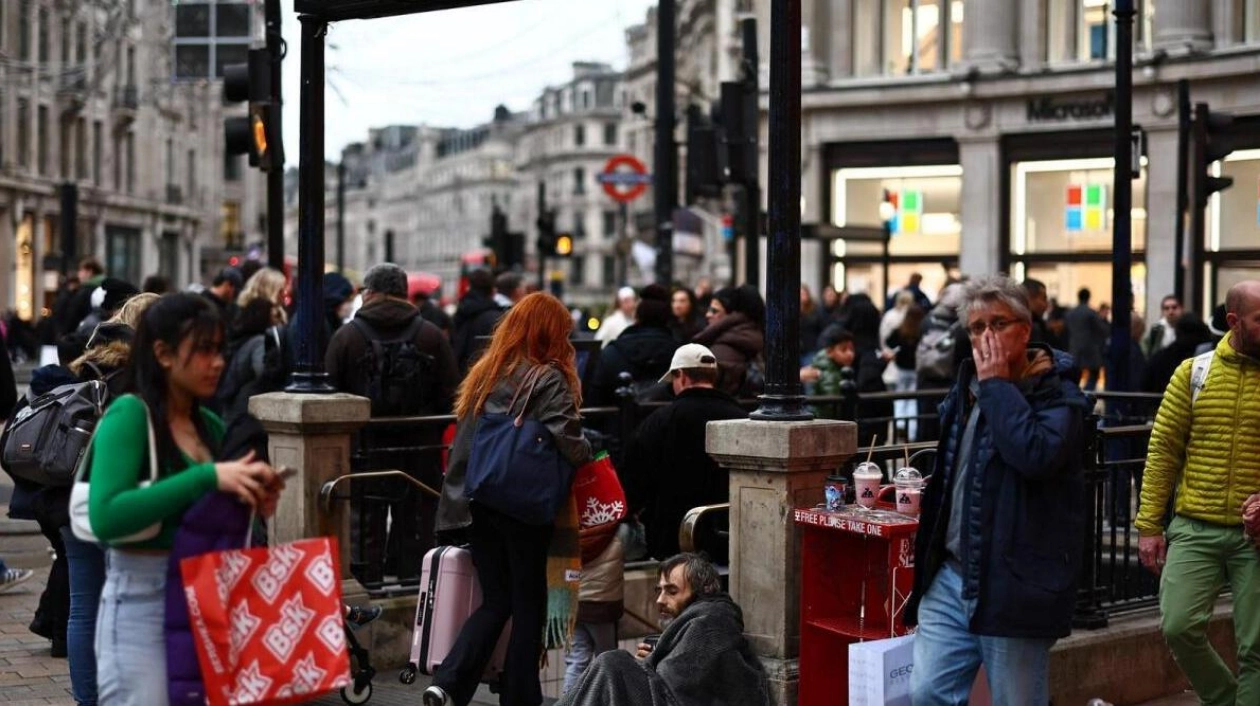Britain's economy experienced robust growth for the second consecutive quarter as it bounced back from the mild recession of last year, but it began to lose steam as it entered the second half of 2024, hinting that the Bank of England may continue to reduce interest rates. According to the Office for National Statistics, the gross domestic product expanded by 0.6 percent in the second quarter of 2024, following a 0.7 percent increase in the first quarter, marking the fastest growth in over two years. However, monthly output growth stagnated in June, falling to zero from 0.4 percent in May, due to adverse weather conditions affecting retail sales and a doctor's strike leading to a 1.5 percent decline in healthcare services. The pound sterling saw a slight increase following the release of the data, but this did not significantly alter market expectations that the BoE would further cut rates once or twice this year.
The uncertainty surrounding the July 4 election, which resulted in the Labour Party securing a significant majority after 14 years in opposition, might have also dampened growth in June, according to Thomas Pugh, an economist at RSM UK. He noted that while the UK economy performed well in the first half of the year, sustained growth would depend on increased incomes and consumer confidence translating into actual spending and investment. Suren Thiru, economics director at the Institute of Chartered Accountants in England and Wales, anticipated a slowdown in quarterly growth as interest rates stayed near a 16-year high, despite the recent BoE rate cut. He also highlighted the likelihood of moderating wage growth and the ongoing issue of low productivity.
At the beginning of the month, the BoE revised its annual growth forecast for 2024 upwards to 1.25 percent from 0.5 percent, citing a stronger-than-expected start to the year and anticipated quarterly growth of 0.7 percent in the three months to June. However, the BoE was less optimistic about the second half of 2024, projecting growth to decelerate to 0.4 percent in the third quarter and 0.2 percent in the final quarter, which it considers closer to the economy's underlying growth rate. The UK's economic recovery since the Covid-19 pandemic has been sluggish, with growth of just 2.3 percent between the fourth quarter of 2019 and the second quarter of 2024. Among the world's largest advanced economies, only Germany, which faced severe energy cost surges following Russia's invasion of Ukraine, has fared worse.
Per capita output has increased over the past two quarters but remains 0.8 percent below pre-pandemic levels due to weak economic growth that has not kept pace with a growing population fueled by high immigration rates. Prime Minister Keir Starmer aimed for annual economic growth of 2.5 percent during his campaign leading up to the July 4 election, a target not consistently achieved since before the 2008 financial crisis. Finance Minister Rachel Reeves established a more formal goal for the UK to lead the Group of Seven advanced economies in per capita GDP growth for two consecutive years. Reeves acknowledged the challenges ahead for the new government and reiterated her commitment to making tough decisions to strengthen economic fundamentals.
James Smith, UK economist at ING, suggested that the strong quarterly growth would not necessarily boost Reeves's spending power for her October 30 budget, as official forecasters were unlikely to revise their long-term potential assessment upwards. Since the late 2000s, growth in output per hour worked has slowed in most advanced economies, constraining improvements in living standards, and the UK's chronic issue of low business investment was intensified by the public's 2016 vote to leave the European Union. The latest data revealed that business investment in the second quarter was 1.1 percent lower than the previous year.






